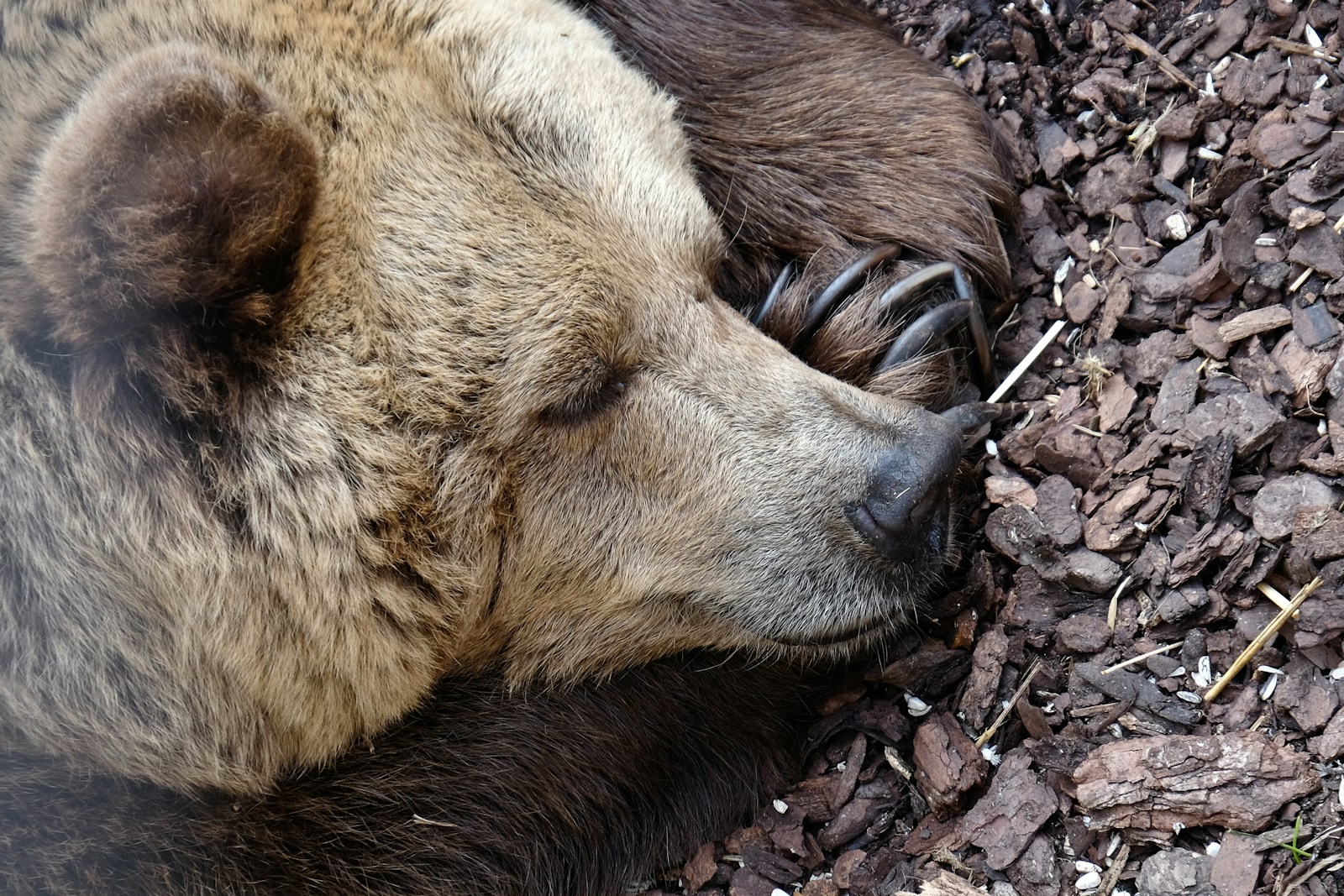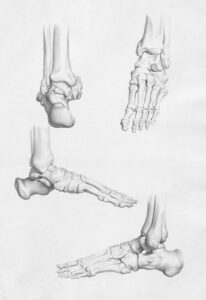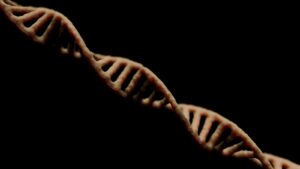Hibernation is one of nature’s most remarkable survival strategies, allowing certain animals to survive extreme environmental conditions when food is scarce. While the image of a bear peacefully sleeping through winter is commonly associated with hibernation, the reality of this process is far more complex and fascinating. Hibernation involves a dramatic reduction in an animal’s metabolic rate, body temperature, and physiological functions to conserve energy over extended periods. Animals that hibernate enter a state of deep dormancy, allowing them to survive long stretches of time with minimal resources.
This guide will explore the scientific reasons why some animals hibernate, the physiological changes that occur, the different types of hibernation, and the environmental factors that influence this behavior. By understanding hibernation, we gain insight into the remarkable adaptations that allow animals to thrive in challenging climates and the evolutionary mechanisms that enable them to cope with food shortages and extreme weather conditions.
What Is Hibernation?
Hibernation is a state of reduced metabolic activity that certain animals enter to conserve energy during periods of limited food availability or extreme temperatures. During hibernation, animals undergo a drastic decrease in heart rate, body temperature, breathing rate, and metabolic function. This lowered state of activity minimizes energy expenditure, allowing animals to survive on stored body fat for weeks or even months.
While the term “hibernation” often brings to mind winter dormancy, hibernation can take different forms and occur in various climates. For example, some desert animals go into a summer form of hibernation called aestivation to avoid high temperatures and conserve moisture. Overall, hibernation is a versatile survival strategy that can help animals overcome a range of environmental challenges.
Types of Hibernation
There are different types of hibernation, each tailored to the specific needs and environments of the animals that use them:
- True Hibernation: Animals that enter a prolonged, deep state of dormancy, such as ground squirrels, bats, and hedgehogs, are considered true hibernators. During true hibernation, their body temperature can drop significantly, sometimes nearing the freezing point, and their metabolism slows down drastically.
- Torpor: Torpor is a lighter, short-term form of hibernation where animals enter a sleep-like state for hours or days, depending on environmental conditions. Many birds and small mammals, such as hummingbirds and mice, experience torpor to conserve energy overnight or during particularly harsh conditions.
- Aestivation: Aestivation is a form of hibernation that occurs in hot or dry seasons to conserve water and avoid extreme heat. It is common among amphibians, reptiles, and some desert mammals, allowing them to survive periods when water and food are scarce.
Understanding the different forms of hibernation provides a clearer picture of how animals adapt to their unique environments and the various challenges they face.
Why Do Animals Hibernate?
The primary reasons animals hibernate are energy conservation and survival during periods when food is scarce or weather conditions are extreme. Hibernation enables animals to enter a state of metabolic depression, allowing them to survive months without eating while relying on fat reserves.
1. Conserving Energy
When food is in short supply, hibernation helps animals reduce their energy needs by slowing down their bodily functions. A lower metabolic rate means that the animal’s body requires less fuel to function, reducing the need to search for food. Instead, hibernating animals rely on stored body fat accumulated during periods of abundance.
For example, a ground squirrel can decrease its heart rate from over 200 beats per minute to around five beats per minute during hibernation. This dramatic reduction in heart rate, along with lowered body temperature, means the squirrel can survive on minimal energy for months.
2. Surviving Extreme Temperatures
In regions where winters are long and harsh, hibernation offers a way for animals to avoid the cold. For animals like bears, dormice, and bats, hibernation allows them to escape frigid temperatures that could otherwise be life-threatening. By entering a state of dormancy, they can avoid the risks associated with exposure to the elements and the energy costs of maintaining a warm body temperature.
Cold-blooded animals, such as certain amphibians and reptiles, also hibernate to avoid freezing temperatures. These animals rely on the environment to regulate their body temperature, making them particularly vulnerable in winter. Hibernation helps them “wait out” the cold season by lowering their physiological functions to near-complete inactivity.
3. Reducing Competition for Limited Resources
During times of scarcity, animals that remain active may face intense competition for limited food supplies. By entering hibernation, animals avoid the need to compete for food and water, allowing active animals a greater chance to find enough resources to survive.
This reduction in competition benefits both hibernating and non-hibernating animals. While active animals continue foraging, hibernating animals rely on their stored fat reserves, reducing the burden on limited resources in the environment.
4. Evolutionary Survival Strategy
Hibernation is also an evolutionary strategy that helps species survive over generations. For many animals, hibernation has become a genetically inherited trait that increases survival rates, especially in unpredictable environments. The ability to hibernate provides a means of avoiding the negative effects of seasonal changes, allowing populations to sustain themselves in regions where conditions fluctuate drastically throughout the year.
The evolutionary success of hibernation as a survival strategy is evident in the diverse range of animals that exhibit this behavior, from small mammals and reptiles to amphibians and even some fish.
Physiological Changes During Hibernation
Hibernation is a complex process that involves several physiological changes. From metabolism and heart rate to brain activity and immune function, hibernation affects nearly every aspect of an animal’s body. Understanding these changes sheds light on how animals can survive such extreme conditions with limited energy resources.
1. Metabolic Suppression
One of the most remarkable aspects of hibernation is metabolic suppression, where the body slows down its metabolic processes to conserve energy. The animal’s body reduces its production of adenosine triphosphate (ATP), the molecule that provides energy for cellular functions. This lowered metabolic rate allows the animal to use stored body fat gradually, instead of burning through it quickly.
2. Reduction in Body Temperature
Hibernating animals experience a significant drop in body temperature, which can reach near-freezing levels. For example, Arctic ground squirrels can lower their body temperature below the freezing point while in hibernation. This reduction in temperature further decreases energy needs, as less energy is required to maintain bodily functions at lower temperatures.
Bears, on the other hand, maintain a slightly higher body temperature than smaller hibernators, which allows them to awaken more easily if disturbed. This form of hibernation is known as winter sleep, as bears are not true hibernators. Instead, they enter a state of torpor, which allows them to conserve energy while remaining more alert to environmental changes.
3. Slowed Heart Rate and Breathing
Heart rate and breathing rate decrease dramatically during hibernation. Small hibernators, such as bats, can reduce their heart rate to as few as 10 beats per minute and breathe only once every few minutes. This reduced demand for oxygen conserves energy and allows hibernating animals to survive extended periods without food or water.
4. Reduced Brain Activity
Brain activity in hibernating animals also decreases. Neurons in the brain function at a slower pace, and overall brain activity drops, conserving energy and allowing the animal to remain in a state of dormancy. In certain species, however, hibernation involves periods of partial awakening or arousal, where the animal’s brain activity briefly returns to normal levels before returning to a dormant state.
5. Immune Function Changes
Hibernation also affects the immune system. During hibernation, immune responses are suppressed, reducing the energy needed to maintain normal immune function. However, hibernating animals have adapted to manage their immune systems differently, allowing them to fend off infections during these periods. Some animals are capable of increasing immune function during brief arousal periods within their hibernation cycle to combat potential infections.
Environmental Triggers of Hibernation
The decision to enter hibernation is often triggered by environmental cues, including temperature changes, day length, and food availability. These triggers signal to the animal that it’s time to prepare for hibernation.
1. Temperature Changes
For many animals, the onset of cold temperatures signals the beginning of hibernation. As temperatures drop, animals prepare by building up fat reserves and seeking suitable shelter, such as dens, burrows, or crevices, where they will be insulated from the cold. Temperature changes are particularly influential for cold-blooded animals, as they are highly dependent on external conditions to regulate their body temperature.
2. Photoperiod (Day Length)
Changes in the length of daylight, known as photoperiod, also play a role in hibernation. As days become shorter, animals detect this change and begin preparing for hibernation. This trigger is especially important for species in temperate regions, where seasonal variations in light are prominent.
3. Food Availability
When food becomes scarce, animals are more likely to enter hibernation as a means of survival. For example, in areas with harsh winters, food sources like plants, insects, and small mammals may be difficult to find. To avoid starvation, animals enter hibernation, relying on stored body fat to sustain them during periods of scarcity.
Examples of Animals That Hibernate
Many animals hibernate, but they use the process in different ways based on their environments and specific needs.
1. Mammals
- Bears: Bears enter a state of torpor in winter, where they remain dormant but can still wake up if disturbed. Their heart rate slows, but their body temperature remains relatively high compared to true hibernators.
- Ground Squirrels: Ground squirrels are true hibernators that lower their body temperature dramatically and enter a deep sleep, emerging only in the spring.
- Bats: Many species of bats hibernate to survive winter when insects are scarce. They reduce their metabolic rate, heart rate, and breathing rate to conserve energy.
2. Reptiles and Amphibians
- Frogs: Certain species of frogs, such as wood frogs, enter a state of dormancy during winter and even survive partial freezing. They have special proteins that protect their cells from ice damage.
- Snakes: Snakes in colder regions enter brumation (similar to hibernation), where their metabolism slows down in response to cooler temperatures, allowing them to survive with minimal energy.
3. Fish
Some species of fish enter a hibernation-like state, especially in colder climates where lakes and rivers freeze over. They become lethargic, reducing their movement and metabolic needs to conserve energy.
Conclusion
Hibernation is a complex and highly evolved survival mechanism that enables animals to withstand periods of food scarcity, extreme temperatures, and limited resources. This adaptive behavior is a result of millions of years of evolution, allowing animals to minimize energy expenditure and thrive in challenging environments.
The physiological changes, environmental triggers, and various forms of hibernation reveal the intricate ways in which animals have adapted to their habitats. From true hibernators like ground squirrels to unique hibernation patterns in reptiles and amphibians, each species’ approach to hibernation reflects its ecological needs and survival strategy.




